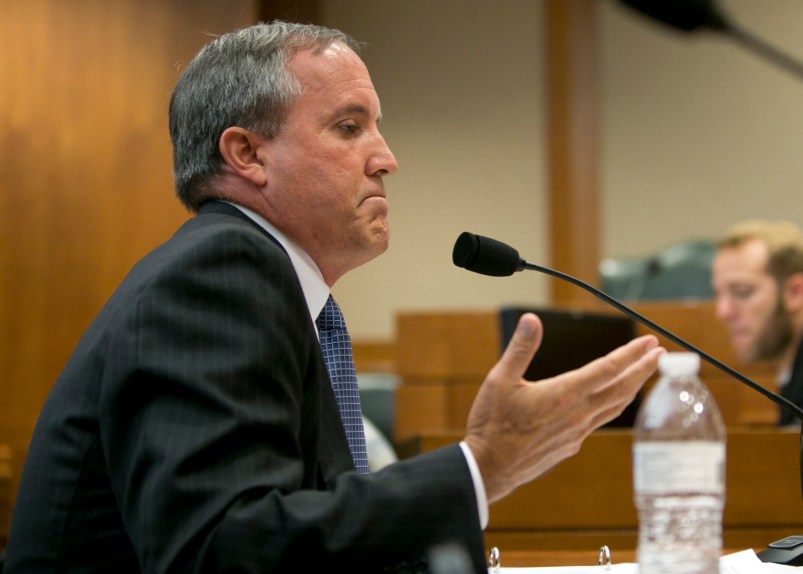Today’s New York Times editorial picks up on an unreported feature of the meltdown in the mortgage market. The bankruptcy laws that are generally available to help people (and businesses) cope with unpayable debts are useless to deal with home mortgages. As a result, the specific tool that might avert a collapse in housing prices isn’t in the toolbox.
Almost every debt can be written down in bankruptcy, except home mortgages. The distinction was drawn nearly 30 years ago when the bankruptcy laws were modernized and home mortgages were solid, low-profit, fixed rate instruments. Other lenders, like credit card issuers and car lenders, took risks of non-payment — and charged prices to compensate for those risks. If they lost some of those loans when the debtor couldn’t pay, in or out of bankruptcy, then that was the market at work. But in 1978 mortgages were issued by regulated banks and savings-and-loans, and the median first-time home buyer was making a 19% downpayment. The drafters of the bankruptcy laws said, in effect, let’s let the mortgage pass through bankruptcy unchanged.
Today’s lending market has changed dramatically. Profits have soared, with ARMs, interest-only ARMs, exotic mortgages and every other way a broker could think of to sell a mortgage and collect a fee. Now the risks are coming home, but the bankruptcy laws prevent the kind of renegotiation that ordinarily would occur. Under current law, someone who owes $125,000 at 14% on a house worth $100,000 has to pay the full $125,000 at 14% or give up the house. The $25,000 that is effectively unsecured could be written off if it were credit card debt or the leftover amount on a car loan taken out three years ago. Instead of writing down the loan to $100,000 at a risk-based, market rate of interest, the lender can demand the full amount. The homeowner must pay or lose the house.
The consequence is that more houses must go in foreclosure, more neighborhoods will suffer, and bad loans will chase the market further down.
Some lenders who have sold their mortgages into securitized pools see the problem, but the legal ownership of those loans has passed to securitized pools, and there are no legal arrangements with the investors in the pools to renegotiate those mortgage terms. With diffuse ownership of the pools, getting unanimous approval to change the mortgages is often impossible. The house won’t even bring $100,000 in a typical foreclosure sale, so the mortgage holder loses even more money than in a renegotiated loan that leaves the homeowner in place.
Here’s a change in the law that can help everyone. Give homeowners the tools in bankruptcy to strip down their mortgages to the value of their homes so they can pay and stay. Let the investment pools take the hit — the same way they took the profits — but then staunch the bleeding by stabilizing home values.
A change in the bankruptcy laws can stop the slide in real estate values before it turns into an avalanche that crushes lenders and homeowners alike.








